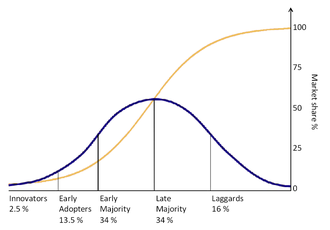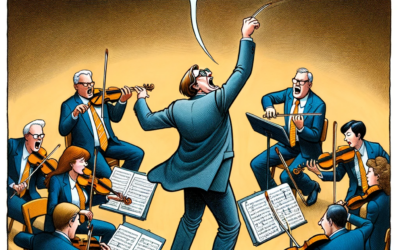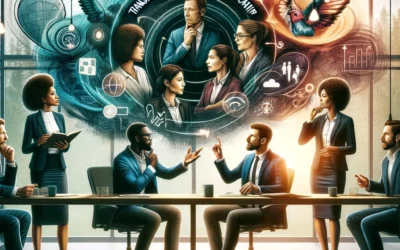
Team Development Mastery: The Symphony of Success in Executive Team Dynamics
In the intricate symphony of the business world, each leader plays a crucial role, blending their unique skills with others to achieve a collective masterpiece. This is where the magic of executive team development lies. It's the maestro's wand that brings about...



